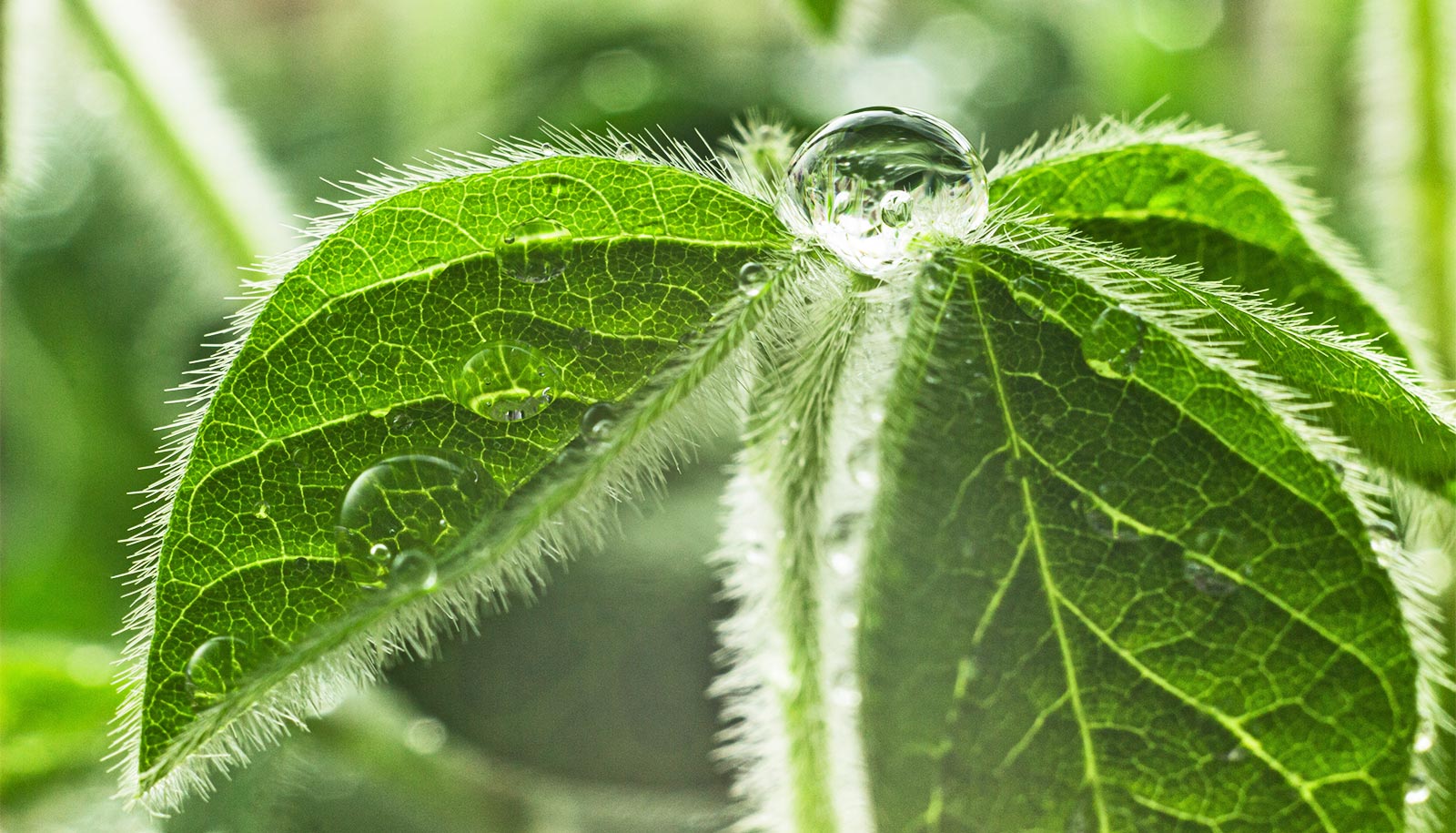Photorespiration wastes little energy and instead enhances nitrate assimilation, the process that converts nitrate from the soil into protein, according to a new study.
Photosynthesis is one of the most crucial life processes on Earth. It’s how plants get their food, using energy from sunlight to convert water and carbon dioxide from the air into sugars.
Scientists have long believed that more than 30 percent of the energy produced during photosynthesis goes to waste in a process called photorespiration. The new study suggests otherwise.
“Understanding the regulation of these processes is critical for sustaining food quality under climate change,” says lead author Arnold Bloom in the plant sciences department at the University of California, Davis.
During photorespiration, Rubisco, the most prevalent protein on the planet, combines sugars with oxygen in the atmosphere instead of carbon dioxide. Scientists thought this wasted energy and decreased sugar synthesis. Researchers have speculated that photorespiration persists because most plants have reached an evolutionary dead end.
In the study, the researchers propose that something else is going on. Rubisco also associates with metals, either manganese or magnesium. When Rubisco associates with manganese, photorespiration proceeds along an alternative biochemical pathway, generates energy for nitrate assimilation and promotes protein synthesis.
Nearly every recent test-tube study of Rubisco biochemistry, however, has been conducted in the presence of magnesium and absence of manganese, allowing only the less energy-efficient pathway for photorespiration.
Finally, the mysterious first part of photosynthesis comes into view
“These are old enzymes that still have secrets to surrender. Future food security demands that we give these enzymes our attention,” says coauthor Kyle Lancaster, associate professor of chemistry and chemical biology at Cornell University.
“There’s a lot we can learn from observing what plants are doing that can give us clear messages of how we should proceed to develop crops that are more successful under the conditions we anticipate in the next few decades,” Bloom adds.
The study appears in the journal Nature Plants. Funding came from the National Science Foundation and the John B. Orr Endowment.
Source: Cornell University



